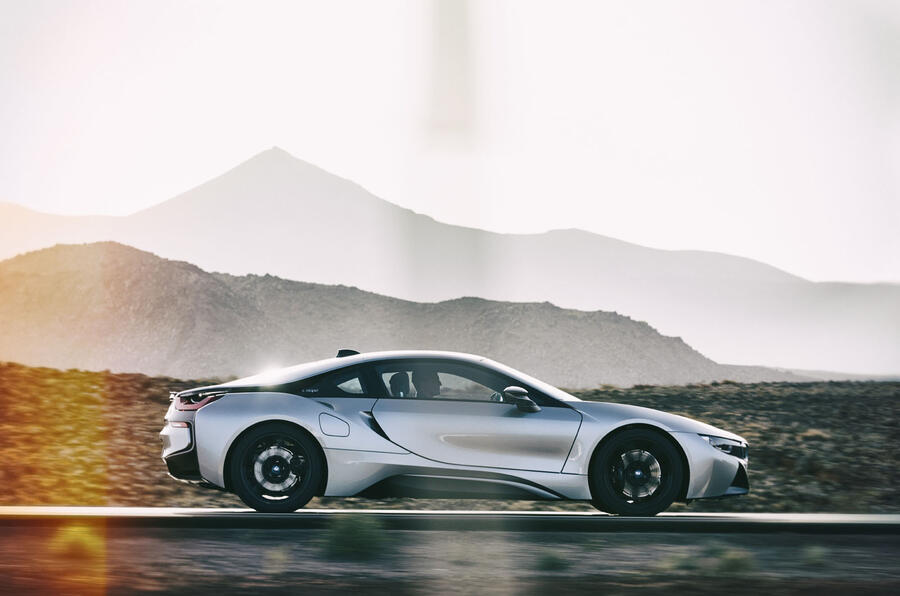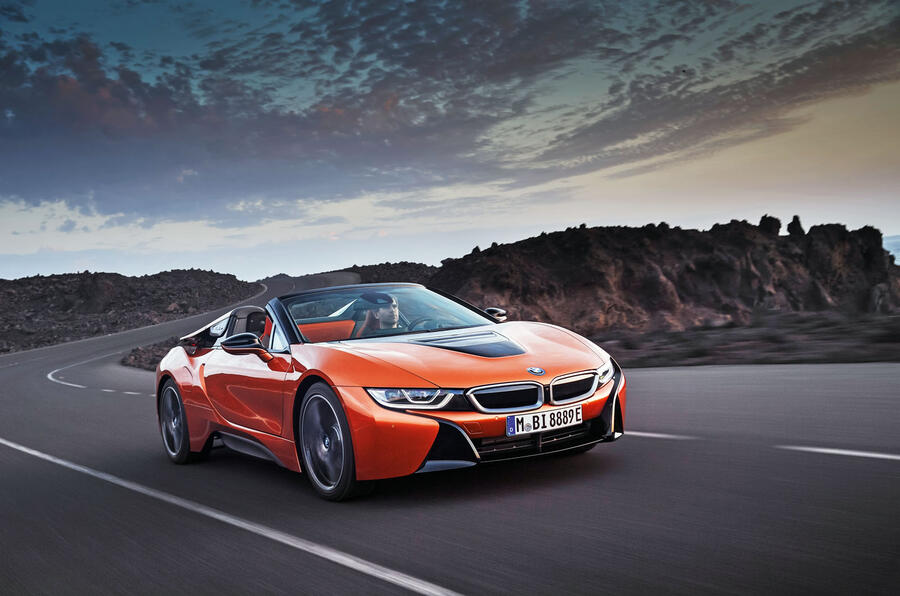“If we have these very compact and very powerful electric driving units, if we have a carbonfibre chassis – for example, the i8’s – and if we still have high-performance engines, then, if you do it cleverly, you can combine them into a real performance package.”
He continued: “If you look at the supercars – the McLarens, the Ferraris – beyond 2020, they will be all partially electric. And if you look at power plug-in hybrids we are planning for today, an electric motor in our PHEVs has a little bit more than 99bhp and 184lb ft of torque.”

The model, which could arrive by 2023, would use a hybrid powertrain consisting of a petrol engine and electric motors and a chassis heavily based on the existing lightweight carbonfibre architecture found in the i8. But a much larger combustion engine than the i8’s three-cylinder unit is expected, likely moving up to six cylinders. Power should push 700bhp, nearly double the i8’s 369bhp and exceeding next year’s M8, which is tipped to deliver around 620bhp.
Fröhlich added that BMW’s PHEV e-motors will have more than 197bhp and up to 378lb ft within a few years.
“So if you see this e-motor in a car which can give you in milliseconds the push formerly found in a V8 engine, then you can have a very sporty feel from this power PHEV – and it fits perfectly to the M brand,” he said.

A BMW super-sports car could easily exceed the i8’s £114,000 price and would be likely to target hybrid competitors, including the Honda NSX, and conventionally powered alternatives such as the McLaren 570s at £150,000 and beyond.
Production numbers would be strictly limited to sustain the car’s exclusivity and retain residual values, which are a weak point of the i8.